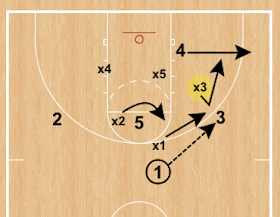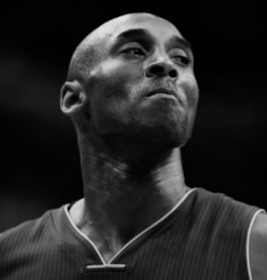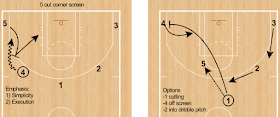1. Kevin Durant wakes asking, "how do I improve today?"
2. Don Meyer lived, "do the next right thing right now."
3. Everyone knows, "it's never the right time to do the wrong thing."
4. Urgency asks, "what does our team need now?"
Nobody want to do the wrong thing - jogging back in transition, cheating the drill, taking bad shots, not cutting hard, not studying. But unless you play "possession by possession basketball," you lack urgency. If you want more minutes, play smart with urgency.
Urgency chops wood and carries water. Urgency invests the time.
Urgency transforms know that into know how.
Urgency is now. Fully engage now. Prepare for now. Make it happen now...in the classroom and on the court.
Legacy means nothing without the urgency of now. Legacy sums tens of thousands of nows.
Procrastination comes from the Latin pro (for) and cras (tomorrow).
Procrastination inverts and subverts urgency.
What does sense of urgency mean to you?
Lagniappe 1: Gordon Chiesa on perimeter decisions
We need ball reversal without turnovers!The perimeter positions are decision making locations. The essentials 4 success are 1) talent 2) smartness 3) ball respect 4) dribble savviness 5) roving eyes. These competitors are intersecting skills, optics and timing.— Gordon Chiesa (@gchiesaohmy) January 30, 2020
Lagniappe 2: Horns Seal and Flex actions
The Kings look for the cut and seal first before continuing into flex.
Lagniappe 3: Overloading is a standard approach for attacking zone defenses.





































